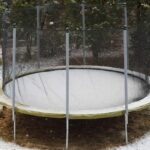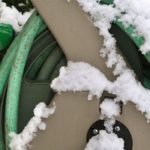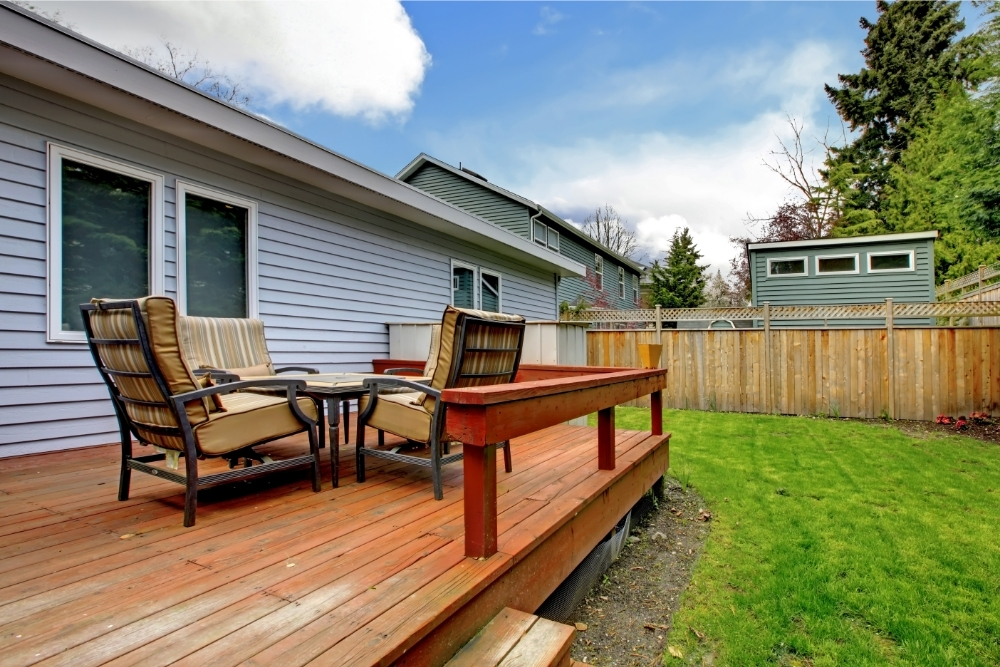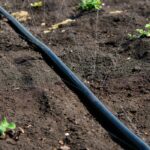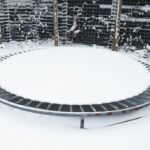As winter rolls around each year, there are certain things that need to be stored away for safekeeping. That includes much of your outdoor equipment and tools, including your garden hose. A hose needs to be disconnected from outdoor faucets when it gets cold, as a simple issue with it can affect the entire plumbing system. So, at what temperature should you disconnect your garden hose?
You need to disconnect your garden hose when the temperature drops to 32˚F (0˚C) or below. You should also ensure that your hose isn’t left outside in the winter, since that will accelerate its aging. Disconnecting your hose will prevent leaks, cracks, and water damage.
Beyond just disconnecting the hose, you also need to know the proper way to store it. And what should you do if you still need to use a hose in the winter? Let’s look at all of this information in detail.
Can You Leave A Garden Hose Out All Winter?

Households with an outdoor spigot and a garden hose should remember that the winter season affects the garden hose’s integrity and surrounding plumbing accessories. Therefore, it is recommended that garden hoses are disconnected at the start of the winter season to prevent them from freezing.
During a typical winter season, garden hoses and fixtures are usually exposed to freezing conditions. This would lead to expansion of the water present in the hose, thereby exerting too more pressure on the walls of the hose. This will cause some internal cracks and leaks in the hose, and your plumbing system might even burst.
Let’s be super clear – leaving an empty, dry hose on the ground during winter isn’t a problem per-se, but using a simple Garden Hose Holder (on Amazon) to keep it tidy and clean will make using the hose easier, and storing it somewhere temperature controlled will keep the hose in good condition even longer.
At What Temperature Should You Disconnect A Hose?
Garden hoses, when exposed to prolonged winter conditions, are in danger of freezing, specifically when the temperature drops below 32˚F (0˚C). External hoses freeze even faster than in-wall water pipes that won’t freeze until the temperature drops as low as 20˚F. Therefore, hoses should be disconnected once the temperature of the surroundings drops below 35˚F (1.6˚C).
How to Prepare Your Garden Hose for Winter
To avoid the extra cost of fixing a broken pipe, you need to know how to prepare your garden hose for winter. You can do that in the following ways:
- Store away garden hoses once winter sets in: You can expect to find your garden frozen over or the ground covered in ice once winter has begun. At this point, it’s better to pack in all your outdoor equipment, including your garden hose.
- Drain outdoor spigots: As the weather gets colder, water in pipes and hoses starts to freeze. To prevent this, drain all outdoor water spigots after disconnecting the hose. This will ensure that no part of the plumbing gets affected during winter.
- Turn off valves: Most outdoor spigots are controlled by valves installed in the house. To stop water from getting into the faucets, you should turn off the valves. You’ll usually find them in closets or basements or somewhere close to the location of the outdoor spigot.
- Use an insulated spigot jacket: You can still use an insulated spigot jacket even after you’ve drained your pipes and confirmed that there’s no leftover water in them. These jackets are used to protect faucets and pipes such that even if your plumbing is dry, the freezing temperature won’t affect it in any way.
- Buy a heated garden hose: Heated hoses can last in weather conditions as low as -40˚F. With this kind of hose, water can pass through the hose without freezing up when the weather gets cold. All you have to do is screw the hose into place and plug in the electrical components, and you’re good to go.
You don’t have to use them all year; you can use standard hoses during the warmer months and use the heated ones only when the weather is freezing. One such hose is the Camco 22912 Heated Hose (on Amazon). This is a pretty niche device, but if you’re up north, you know if this is the type of thing you need!
- Use heat tape: You can wrap heat tape around the hose. This is a DIY method for people who don’t want to get the heated garden hose. Wrapping this tape around your hose will protect it so it doesn’t freeze up.
What Happens if You Forget to Disconnect a Hose During Winter?
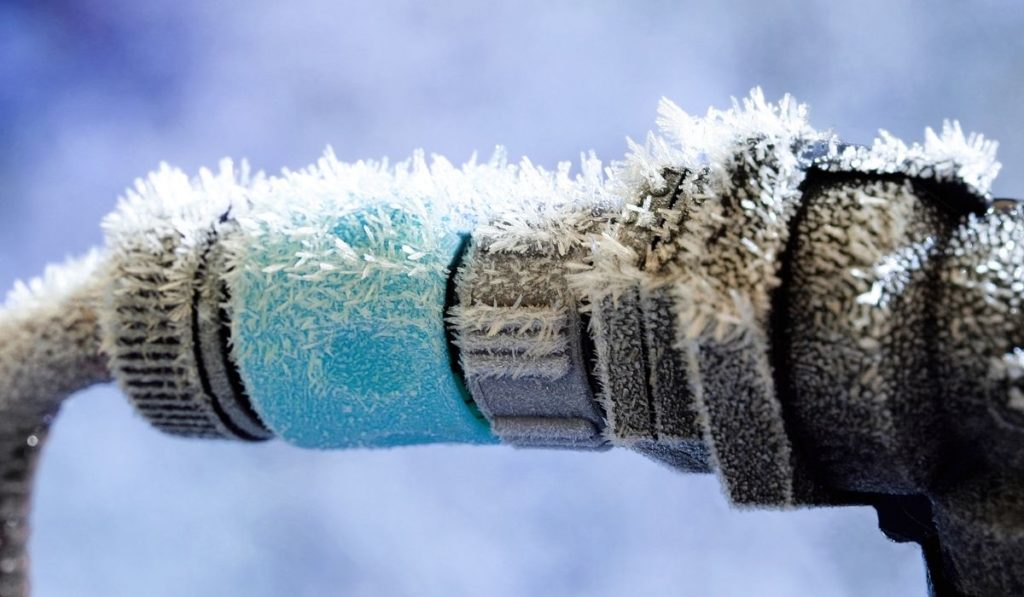
Once it’s winter, you need to disconnect your hose, drain excess water, and store it in a dry place. If you fail to do any of these things, here are some of the issues you might face:
- Ice and snow will settle on your hose, which might damage the hose. Then you’ll need to spend money to either fix or replace it, depending on how damaged the hose is.
- Since the outdoor hose is still connected to indoor plumbing, indoor pipes may also freeze up, crack or burst.
- Once the indoor pipes are affected, the outdoor faucet will also be affected. This can lead to leaks, water damage, and even flooding.


